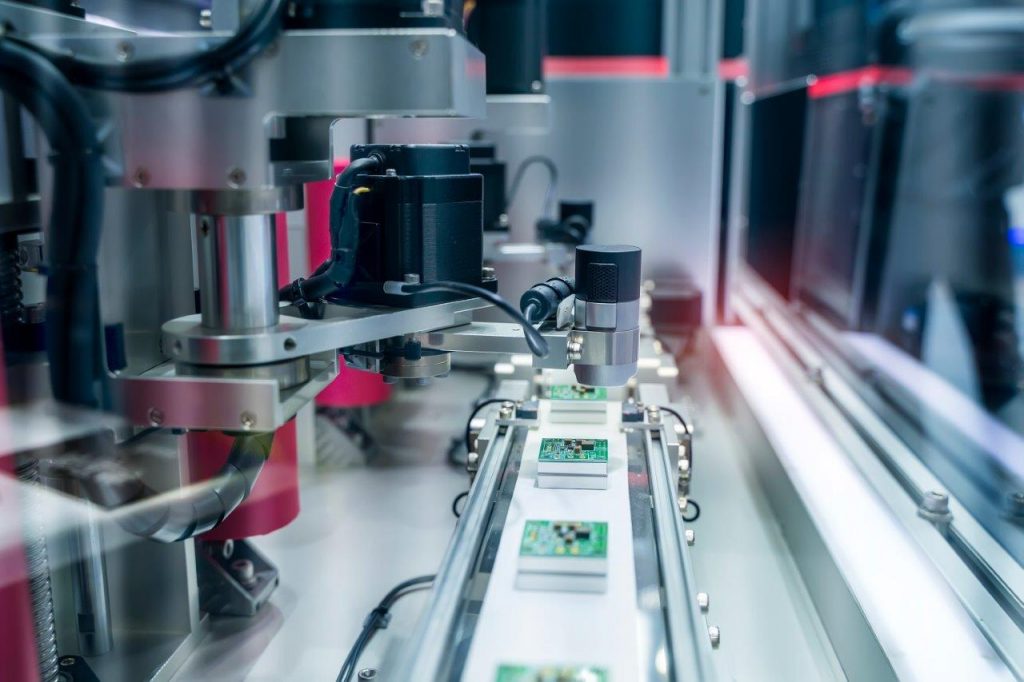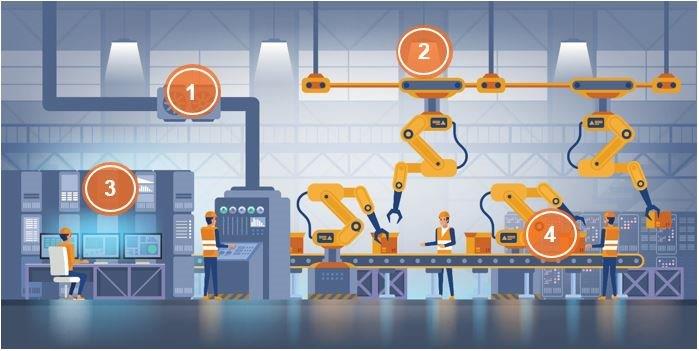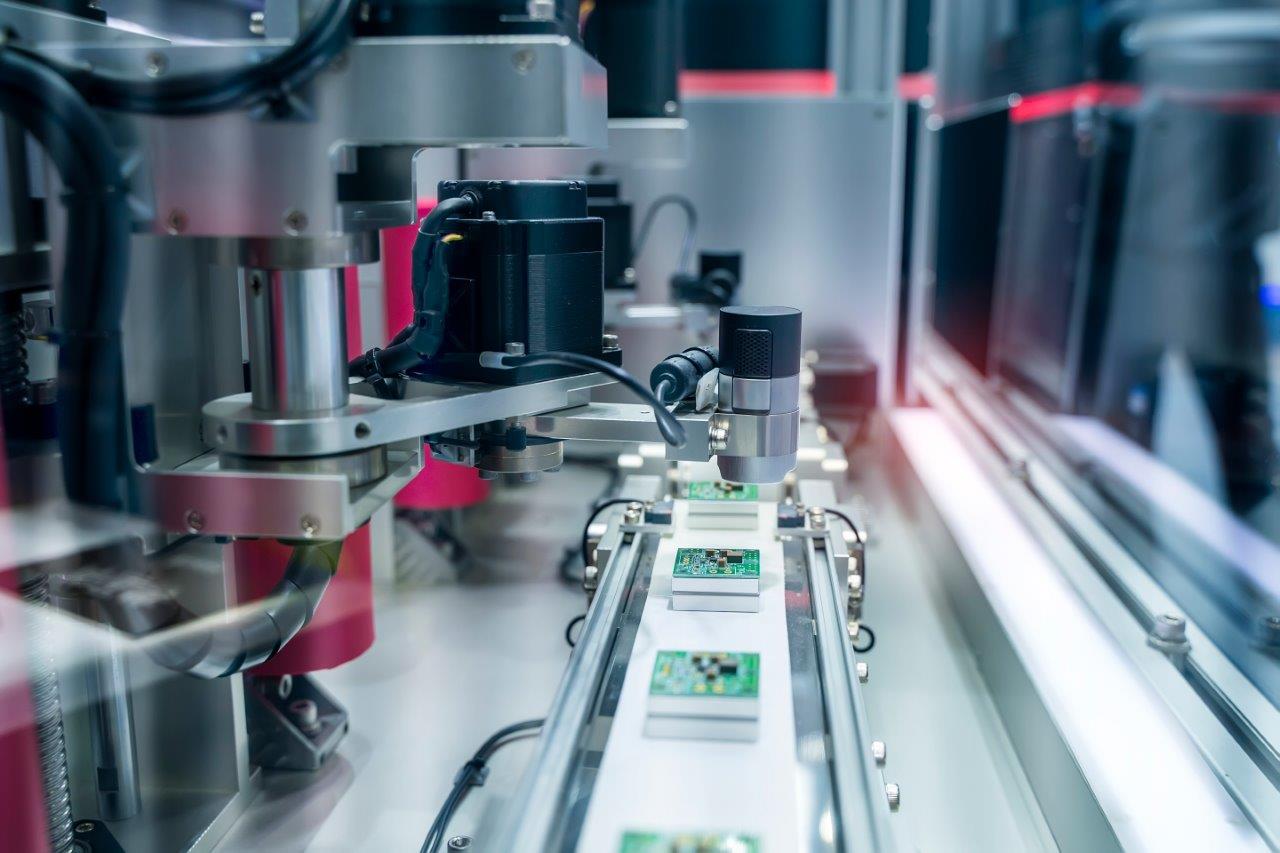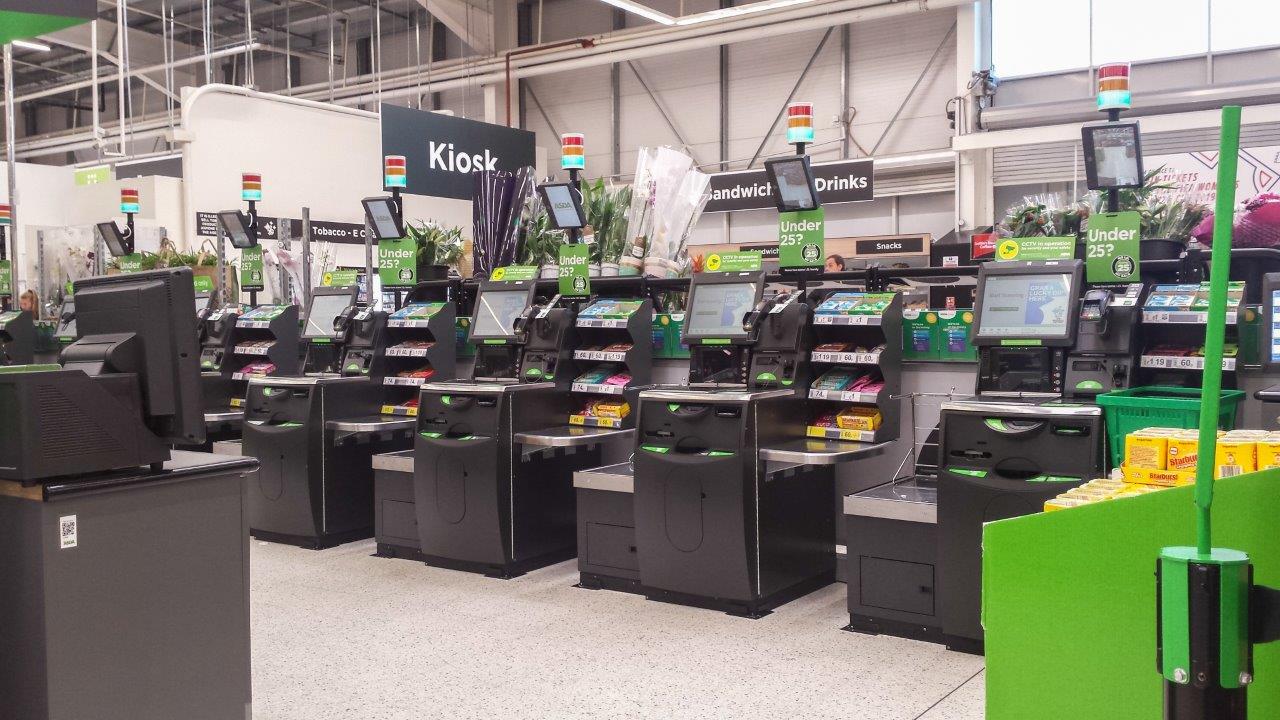BASEC underlines the importance of the development of Power over Ethernet (PoE) technology.
Power over Ethernet (PoE) refers to the phenomenon of running power and data transmission through the same cable, eliminating the need for separate wiring for each purpose. In doing so, this reduces installation costs and improves flexibility by removing redundant cabling.
There is no denying the window of opportunity PoE technology has created, however the need for power and data through a singular cable has caused additional infrastructure considerations.
Utilising existing cable structures reduces installation time and money, however in order to do this the cable needs to be fit to accommodate the additional current being transmitted. This article will discuss the innovation surrounding PoE, as well as the considerations that should be made to ensure the right data cable is used for your specific PoE needs.
The uses
There are many industries that have successfully adopted the use of PoE, for example surveillance cameras, air conditioning systems, telephones and supermarket checkouts. PoE has improved efficiency and created opportunity however without the correct structured cabling infrastructure in place it can experience multiple issues such as overheating or connection issues affecting the integrity of the data for the end user.

Progression of standards
When considering which data cables are fit for your operations, there are some key cabling recommendations for PoE applications. If a data cable is exposed to heat, the attenuation of the cable rises and can affect signal performance.
For this reason, ISO and TIA standards define an operating temperature of no higher than 20°c. When power flows through your cables, the copper conductors will start to generate heat and in turn cause the data cable’s operating temperature to rise.
This is a common occurrence when the cables are bundled together, which is often how they are installed but prevents heat from escaping and causing build up.
As PoE standards allow for higher power transmission, as resistance increases a rise in temperature can also been seen for the cable and its surrounding areas. As such this consideration has now become more of a conscious design feature required for data cables destined for implementation in complex infrastructures.

Industrial integrity and performance
There has been an increased use of PoE cables within industrial environments. Factories and warehouses are also increasingly using smart technologies to streamline their business processes. The use of PoE within these devices reduces the number of cables and removes restrictions in terms of installation, location and more. However, these cables can be more significantly prone to damage.
As a direct consequence of the environments within which they are placed, cables can often fall, drop or risk being crushed. This in turn could compromise their ability to transfer data or transmit power. Damaged cables can cause machine outages which could have a huge financial implication on the organisation.

PoE cabling is used in a wide range of devices, and within industrial business environments for example:
- Air-conditioning systems are automated, driven by IoT technologies, using PoE which allows greater flexibility at installation and remote-control enabling monitoring that reaches all areas of the building
- Smart lighting systems, powered by PoE, which deliver multiple applications via one cabling system such as motion sensor technologies are proving to be far more efficient
- Central control units, which link air-conditioning technology and other smart applications such as temperature control gauges, typically found within data centres are crucial to preventing the risk of overheating and associated failures. PoE technology allows for both power and temperature data to be transmitted over one cabling structure.
- In process automation sensor technologies typically found in warehouse conveyer belt systems and similar applications which is often seen to be a new invention, PoE has enabled for both data and power to feed to and from the device for a seamlessly consistent, repeatable processes.
Preparing for next generation – high power PoE
Today’s networks must be fast and reliable, with the flexibility to handle ever-increasing data demands. PoE technology can help expand your network possibilities enabling business flexibility by improving processes and staying competitive. PoE, however, is only effective when installed correctly and to the highest standard.
Third party testing and certification ensures data cables meet industry performance standards. Transmission cables holding the BASEC mark will have undergone rigorous laboratory product approvals to prove cable quality, allowing you to meet the need for higher data demand and power supply via one PoE cabling product.
To find out more about the development of PoE and the role of approved cable join the BASEC team webinar on the 9th December.
Register here for the free BASEC webinar.



